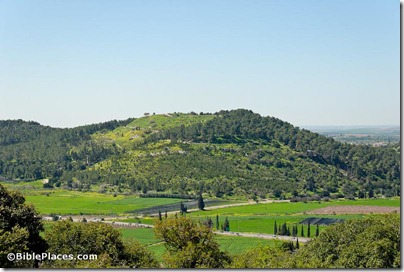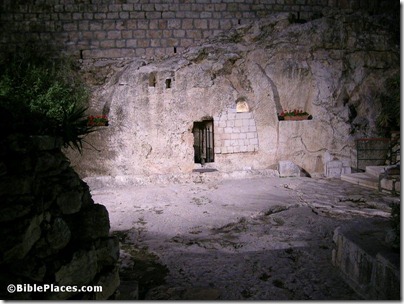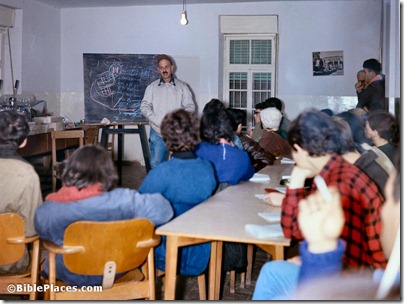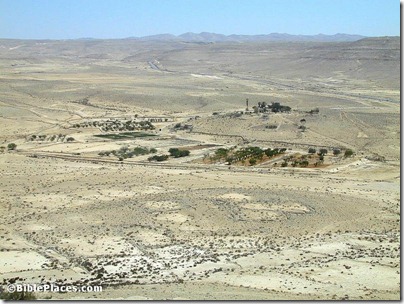Joseph Aviram, 97, has lived through many exciting years of biblical archaeology in the land of Israel. Nir Hasson looks at the history through his eyes in an article in the Weekend magazine.
Yigael Yadin features prominently in the story, as do other well-known figures. Here is an excerpt about Moshe Dayan, Yohanan Aharoni, and Yadin:
Aviram also vividly recalls the more dubious legacy of another chief of staff who dabbled in archaeology. “Moshe Dayan helped us a great deal,” he says, “but very regrettably he engaged in robbery digs. He always wanted us to come to his house in Zahala to show us vessels. We knew about the stealing. Everyone knew. He was even caught a few times.”
Aviram declines to say more. Nor is he eager to talk about the “wars of the archaeologists,” which began in the 1970s. The most heated dispute of all continues to simmer today, at one level or another: It was between Yadin, as the representative of the biblical approach − those who find evidence for the Bible narrative in excavations − and the critical approach, which finds mainly contradictions between archaeological finds and the Scriptures.
“As long as there were no archaeologists, there were no arguments,” Aviram adds. “But suddenly there is a young generation. Well, arguments started. After the great success came the great arguments. Did Joshua capture Hatzor or not? Scientific disputes are fine, but it became personal and opposing camps sprang up. I always reassured Yadin. When he read something that [Tel Aviv University Institute of Archaeology head] Yohanan Aharoni wrote against him, it would drive him crazy, and he would fire off an angry letter. But his wife, who typed up the letters, told me she didn’t send them. There was a file of angry letters in the house that were never sent.”



